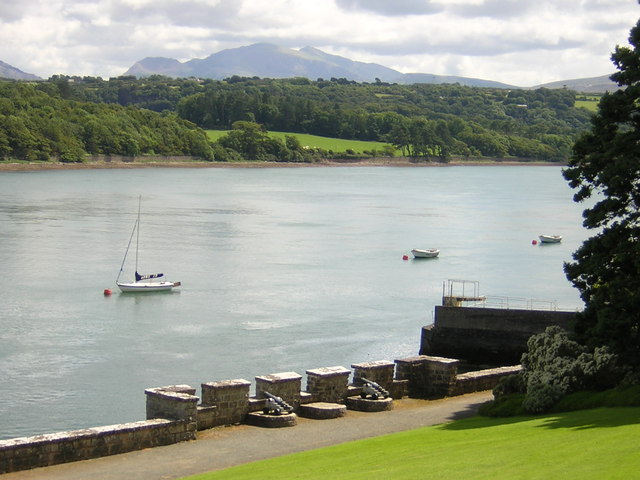Roberts EM, Bowers DG, Davies AJ
In shallow, tidal seas, daily total seabed light is determined largely by the interaction of the solar elevation cycle, the tidal cycle inwater depth, and any temporal variability in turbidity. Since tidal range, times of lowwater, and often turbidity vary in regular ways over the springs–neaps cycle, daily total seabed light exhibits cycles of the same periodicity. Corresponding cycles are likely to be induced in the daily total primary production of benthic algae and plants, particularly those light-limited specimens occupying the lower reaches of a sub-tidal population. Consequently, this effect is an important control on the growth patterns, depth distribution and survival of, for example, macroalgal forests and seagrass meadows. Seasonal changes in daylength exert an important additional control on these cycles, as they alter the fraction of the tidal and turbidity cycles occurring within daylight hours. Bowers et al. (1997) modelled this phenomenon numerically and predicted that for a site with low water at about midday and midnight at neaps tides, 6 am and 6 pm at springs, daily total seabed light peaks at neaps in winter, but the ‘sense’ of the cycle ‘switches’ so that it peaks at springs in summer — the longer daylength permits the morning and evening low water springs to contribute substantially to the daily total. Observations for such a site in North Wales (UK), presented in this paper, show that no such ‘switch’ occurs, and neaps tides host the largest daily totals throughout the year. The predicted ‘switch’ is not observed because turbidity increases generally at spring tides, and specifically at low water springs, both of which were not accounted for in the model. Observations at a second site in Brittany (France), diametrically opposite in terms of the times of low water at neaps and at springs, indicate a peak at springs throughout the year. Analytical tools are developed to calculate the percentage of daily total sea surface irradiance reaching the bed at a site of interest on any given day, and to determine the sense of any springs–neaps cycle thereof for a given season. The conditions required for a ‘switch’ are explored graphically, resulting in the identification of criteria (and a useful parameter) for predicting their occurrence. Consequences for the growth patterns, depth limits and longterm survival of benthic algae and plants are discussed.
Request PDF
| To request a PDF copy of this paper, please enter your email address below: Your email address is not stored, it is only used to send an email with an attached PDF to you. |
Full citation
Roberts EM, Bowers DG, Davies AJ (2014) Springs–neaps cycles in daily total seabed light: Daylength-induced changes. Journal of Marine Systems 132: 116-129.

